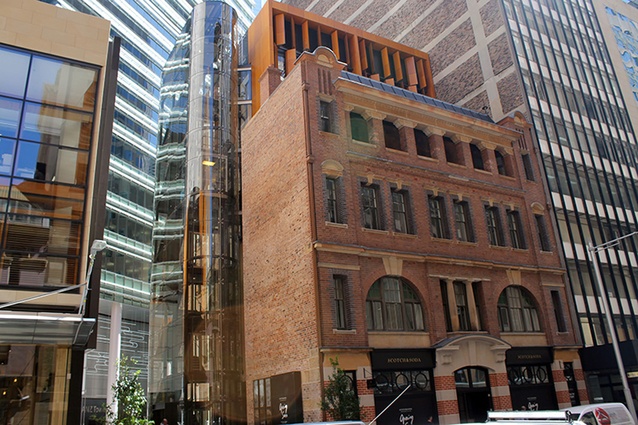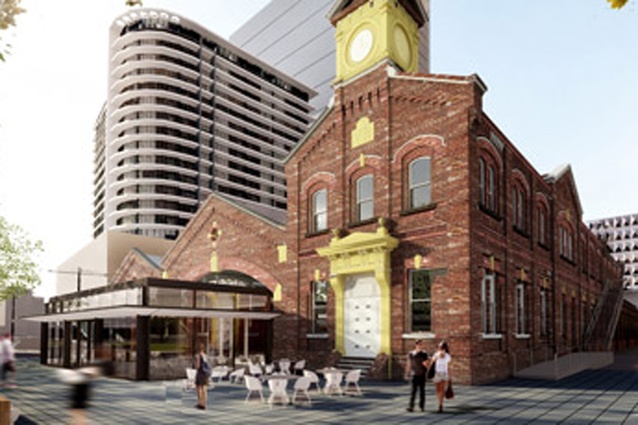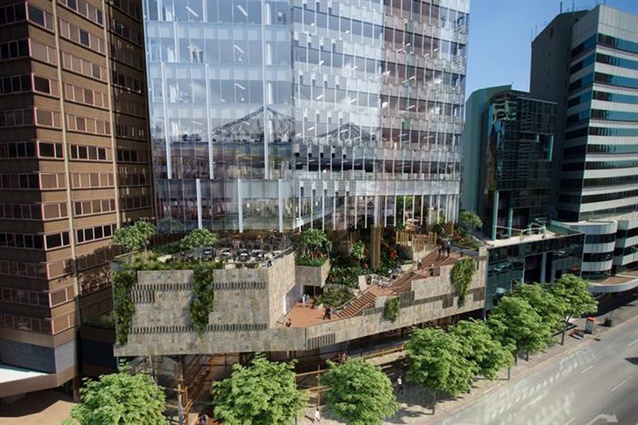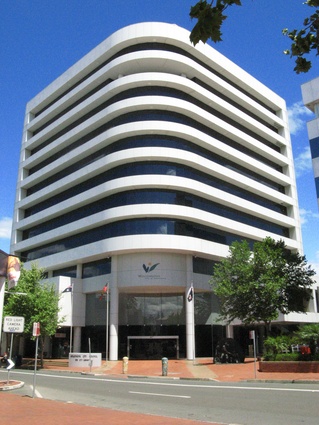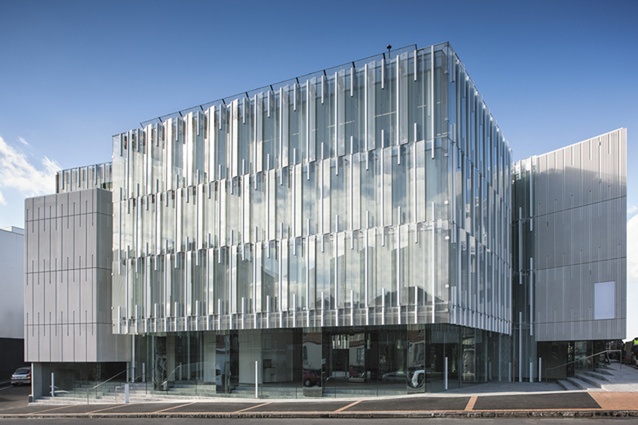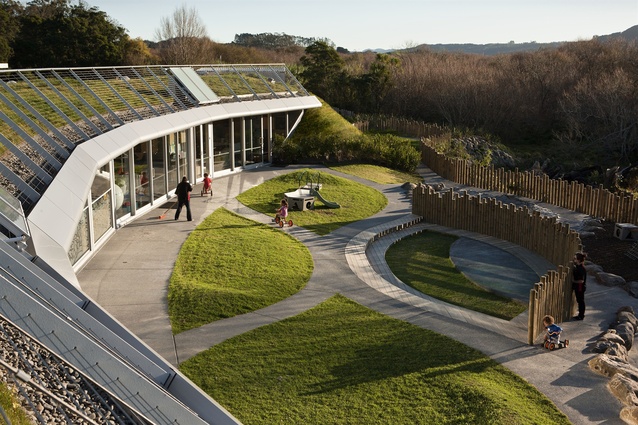Green Building Innovations: Insights from Australia workshop
The New Zealand Green Building Council’s (NZGBC) brand-new office on 205 Queen Street, Auckland, has been given a 5-Star Green Star Office Interior rating, and when you walk in you know why. Plenty of plants, recycled lampshades and a functional and efficient kitchen come together to create a modern, sustainable office.
This was the location for the Green Building Innovations: Insights from Australia workshop on the 23 June, one of the many workshops and training events that the NZGBC host over the course of the year.
The guest speaker, Robin Mellon, is chief operations officer at the Green Building Council Australia (GBCA). He flew over from Sydney, Australia to talk with us on the impact of Innovation Challenges, and to present case studies of notable Australian projects that have pushed the boundaries and have helped to advance green building practice and understanding.
Clare Gallagher, senior technical coordinator at NZGBC, commenced the workshop with a short introduction on the current status of the Green Star New Zealand Innovation category. Following the highly successful review in Australia, there will be some changes introduced in late July, including the introduction of Innovation Challenges that has proved to be successful in Australia.
Under the new system, up to 10 points will be available via Innovation submissions – currently there are only 5. More clarity and structure will be added to the process to reduce risk and encourage submissions. Currently, only 39 percent of certified projects are awarded Innovation points.
Introducing Innovation Challenges will offer structure and guidance to assist with putting together more successful submissions. It will invite project teams to collaborate with NZGBC early on, and is a good opportunity for the NZGBC to share what they think are good areas to target under Innovation.

For more detailed information on exactly what Innovation Challenges are and how they have worked in various projects throughout Australia, Robin Mellon stepped up to talk for the remainder of the workshop.
He commented that in Australia, after 11 to 12 years of Green Star, they were starting to see a cookie-cutter approach to green building by firms in order to get a 5 Green Star rating. This is why Innovation Challenges was introduced; to push people a little, to get people to think ahead and to encourage future trends.
Previously, applying in the Innovation category was seen as expensive and risky, Mellon stated, as there only used to be one chance to submit in Round 2, and if the submission was not perfect then it was rejected. There was also a lot of expense involved, with companies putting in too much documentation and page after page of reports.
Moving the submission to Round 1 gives the GBCA a chance to give feedback and to help companies quantify their submissions, and by providing templates and being very clear about what is expected has helped to cut costs. Innovation Challenges also gives Green Star a chance to move beyond just the environmental benefits into broader socio-economic innovations.
Mellon laid out the various Innovation Challenges for us clearly and succinctly. They are as below:
|
Building Air Tightness |
Community Benefits |
|
High Performance Site Office |
Affordable Housing |
|
Energy Metering Integrity |
Adaption & Resilience |
|
Marketing Excellence |
Financial Transparency |
|
Design for Active Living |
Market Intelligence & Research |
|
Local Procurement |
Contractor Education |
|
Social Return on Investment |
Culture, Heritage & Identity |
The second half of the workshop focused on five case studies of exemplar Australian buildings that have all gained at least one Innovation Challenge point. All five buildings achieved points under one of the above challenges, and Mellon explained, in detail, the background of the project and the sustainability initiatives that each construction had taken in order to achieve the credit.
The five buildings include:
- Broadway Building, University of Technology, Sydney
Credit under the Market Intelligence and Research challenge
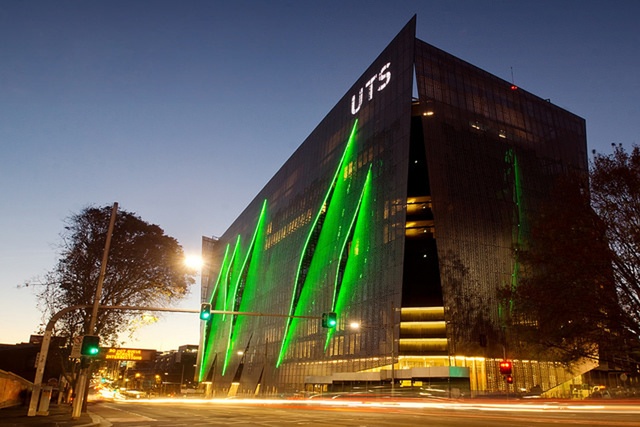
- Legion House, Sydney
Credit under the Contractor Education challenge
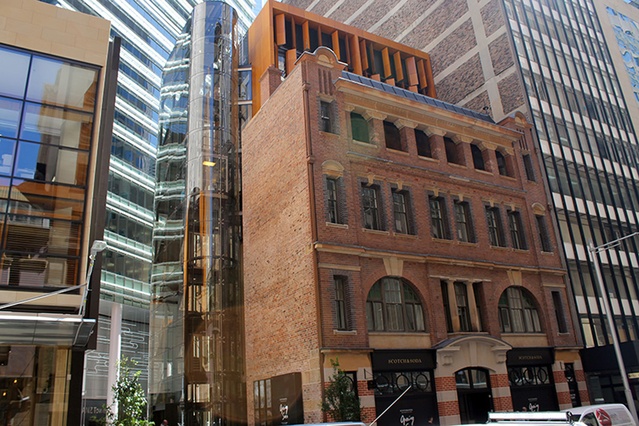
- 480 Queen Street, Brisbane
Credit under the Adaption and Resilience challenge
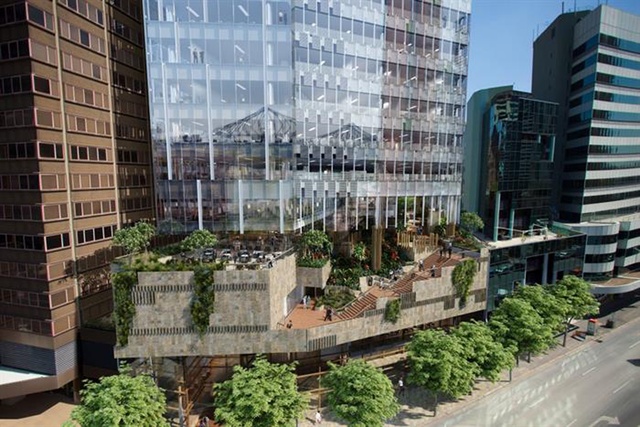
- Goods Shed South, Melbourne
Credit under the Culture, Heritage and Identity challenge
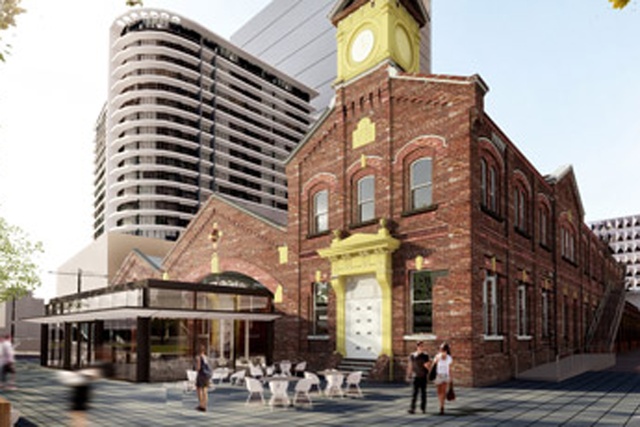

Credit under the Financial Transparency challenge
And exceptional sustainable buildings in New Zealand? Our top scorers in the innovation category are the Geyser building in Parnell, which received 5/5 for Innovation and Christchurch Civic Building and Te Mirumiru in Kawakawa, which both achieved 4/5 for Innovation. They all also achieved the top rating in Green Star with a 6 Green Star rating indicating ‘world leadership’.
Wrapping up the workshop, Mellon made the final points that the introduction of Innovation Challenges into New Zealand within NZGBC’s GreenStar v3 is a positive change. The scope of the category will be expanded enabling social, cultural and economic sustainability initiatives to be rewarded.
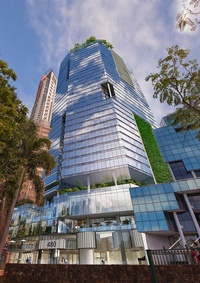
It will be easier and less expensive to make submissions in the Innovation category, and the current confusing categories of INN-1, INN-2 and INN-3 will be changed respectively to Leading Innovation, Exceeding Green Star and finally Beyond Green Star.
Overall, Mellon presented an interesting and detailed workshop on how the introduction of Innovation Challenges into Australia has helped drive better thinking and gives new opportunities to embed innovation into projects.
The Green Star tool has moved beyond a purely environmental angle to become a more complex and integrated tool that incorporates economic and social benefits. Sustainable building within New Zealand will only become more forward-thinking and experimental with the introduction of Innovation Challenges.


